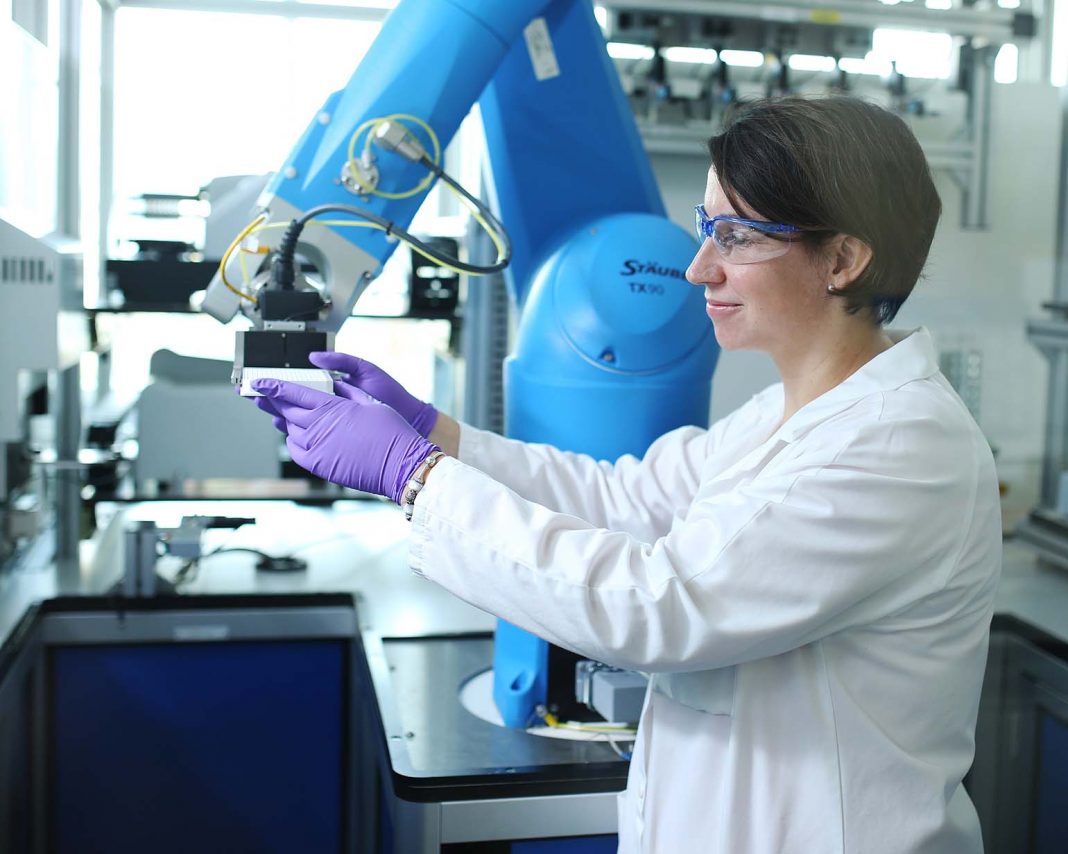Sanofi will eliminate 466 jobs in France and Germany, as well as end new in-house cardiology research programs, in a restructuring headed by the pharma’s EVP, global head R&D John Reed, MD, PhD.
Most of the jobs to be cut are in France, where 299 positions will disappear, Le Monde reported. The French and German jobs will be cut, Sanofi said, through a voluntary departure program.
The jobs to be cut represent a fraction of the 104,226 employees reported by Sanofi as working for the company as of December 31, 2018, according to its Form 20-F 2018 annual report.
“Sanofi has initiated consultations with union partners and other key stakeholders, and is committed to ensuring that France and Germany continue to play a leading role in the company’s global R&D organization,” the company said in a statement emailed to GEN and other news outlets.
However, Sanofi also plans to add to its workforce in France and Germany, as well as the U.S., through targeted expansions in some promising therapeutic areas.
Sanofi said it will invest more capital in antibody engineering in Germany, and add to its biologics capabilities there as well as in France and the U.S.—two nations where Sanofi additionally plans to increase its spending on gene therapy.
France is also where Sanofi said it plans to shift “some” research resources to immuno-oncology—and may shift R&D activities among sites there. Le Monde reported that 200 jobs will be transferred from Sanofi’s Ile de Chilly-Mazarin (Essonne) site to the company’s Vitry-sur-Seine (Val-de-Marne) or Montpellier (Hérault) facilities.
The restructuring, which Sanofi labels an “evolution” of its R&D organization, is designed to enhance the company’s ability to develop new drugs and vaccines, the company added in the statement, emailed to GEN and other news outlets.
Shifting R&D resources
Sanofi is targeting one of its five key therapeutic areas, diabetes and cardiovascular, in part by directing its cardiology efforts to drug candidates in-licensed from partners as well as its remaining internal programs. Sanofi will also narrow its diabetes efforts, stating that it will focus future research “on the discovery of treatments that address the underlying causes of this disease,” while continuing to develop its current pipeline in the indication.
“Sanofi would continue to work with its partners to advance important diabetes and cardiovascular programs and support its product portfolio in mature and emerging markets,” the pharma promised.
The company added that it will shift internal R&D resources to its remaining four therapeutic areas of interest: oncology, immunology and inflammation, rare diseases, and vaccines.
Sanofi noted that over the past two years, it had increasingly emphasized its prioritized therapeutic areas, which now represent more than 80% of the company’s clinical-stage portfolio: “The shift to these therapeutic areas has been guided by the strength of scientific understanding, opportunity for clinical investigation and degree of unmet medical need.”
As of April 26, Sanofi’s R&D pipeline consisted of 84 projects, including 32 new molecular entities in clinical development, and multiple studies aimed at expanding disease indications for approved Sanofi medicines.
Viewed by indication, most of Sanofi’s pipeline—26 candidates—are in oncology. The two next-largest therapeutic categories are immuno-inflammation (19) and vaccines (11).
Thirty-five projects are currently in Phase III or recently have been submitted to regulatory authorities for approval consideration, Sanofi added.
“The transformation of our R&D organization would enable us to focus on the therapeutic areas and platforms where we believe we have the greatest opportunity to make a meaningful difference for patients and to maximize the productivity of our research engine,” Reed added in the statement.
Reed joined Sanofi last year from Roche, where he headed that company’s pharma research and early development (pRED) operation. He succeeded Elias Zerhouni, MD, who retired.






